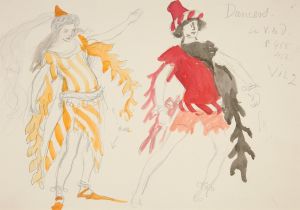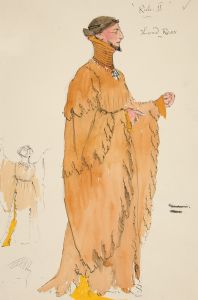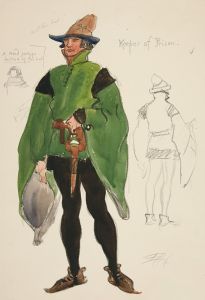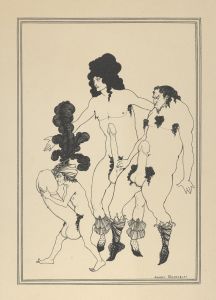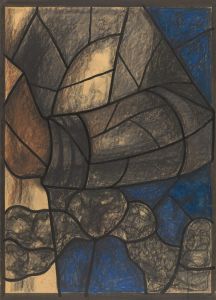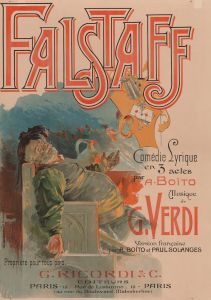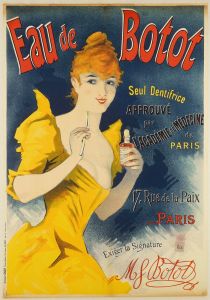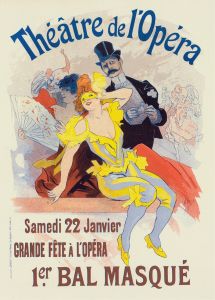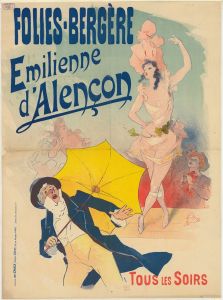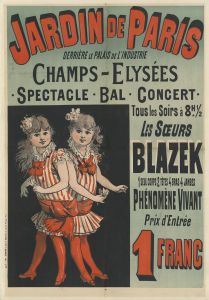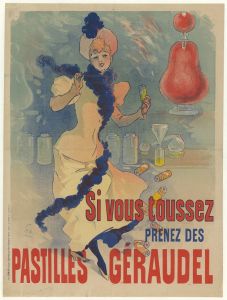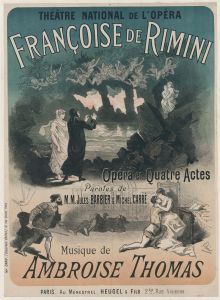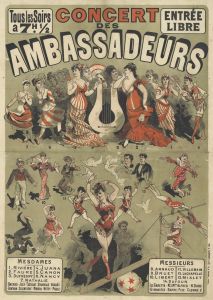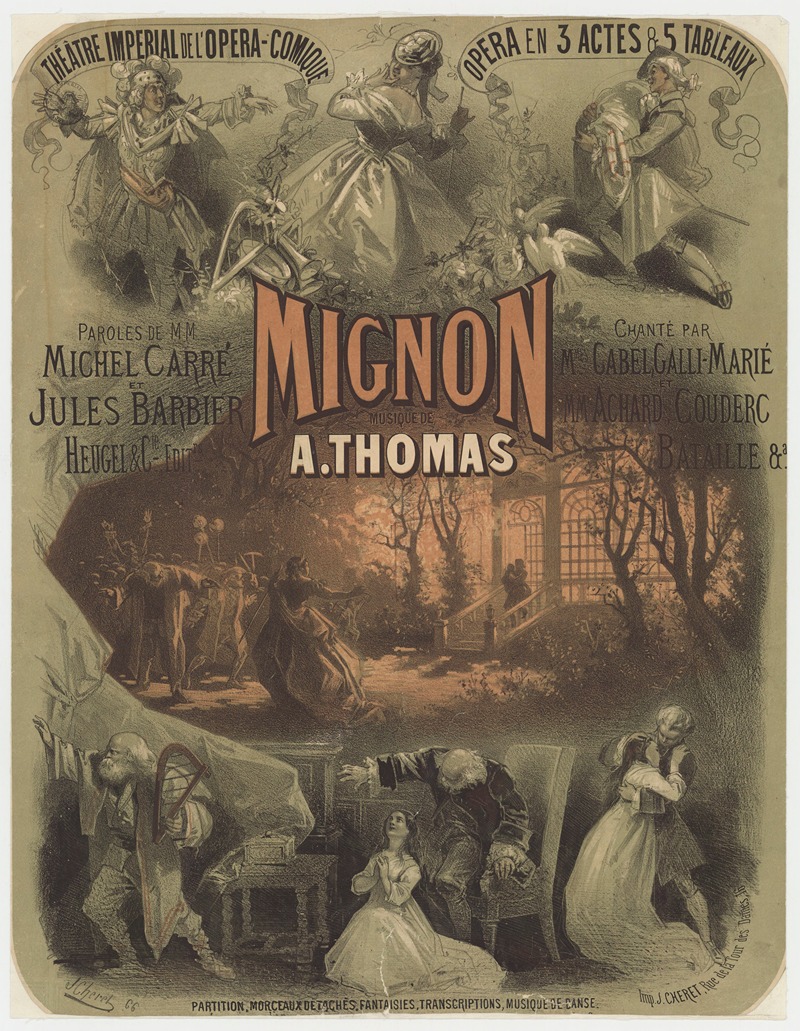
Théâtre Imperial de l’Opéra-Comique. Mignon. Opéra en trois actes et cinq tableaux. Musique de A. Thomas
A hand-painted replica of Jules Chéret’s masterpiece Théâtre Imperial de l’Opéra-Comique. Mignon. Opéra en trois actes et cinq tableaux. Musique de A. Thomas, meticulously crafted by professional artists to capture the true essence of the original. Each piece is created with museum-quality canvas and rare mineral pigments, carefully painted by experienced artists with delicate brushstrokes and rich, layered colors to perfectly recreate the texture of the original artwork. Unlike machine-printed reproductions, this hand-painted version brings the painting to life, infused with the artist’s emotions and skill in every stroke. Whether for personal collection or home decoration, it instantly elevates the artistic atmosphere of any space.
Théâtre Imperial de l’Opéra-Comique. Mignon. Opéra en trois actes et cinq tableaux. Musique de A. Thomas is a lithographic poster created by the French artist Jules Chéret in 1866. This artwork was designed as a promotional piece for the opera Mignon, composed by Ambroise Thomas, with a libretto by Jules Barbier and Michel Carré. The opera, based on Johann Wolfgang von Goethe's novel Wilhelm Meisters Lehrjahre (Wilhelm Meister's Apprenticeship), premiered at the Opéra-Comique in Paris on November 17, 1866.
Jules Chéret, often referred to as the "father of the modern poster," was a pioneering graphic artist and lithographer who revolutionized advertising in the late 19th century. His vibrant and dynamic posters, characterized by bold colors and elegant compositions, became iconic representations of the Belle Époque era in France. This particular poster exemplifies Chéret's style, showcasing his ability to capture the essence of theatrical productions through visually striking imagery.
The opera Mignon tells the story of a young girl, Mignon, who is rescued from a group of traveling performers by a nobleman named Wilhelm Meister. The narrative unfolds with themes of love, identity, and redemption, culminating in a happy resolution. The work was highly successful and became one of the most frequently performed operas at the Opéra-Comique during the 19th century.
Chéret's poster for Mignon features a central female figure, likely representing the titular character, surrounded by decorative elements and text that highlight the opera's title, composer, and venue. The design reflects the theatrical and romantic nature of the production, drawing the viewer's attention and enticing them to attend the performance. The use of lithography allowed Chéret to produce vibrant, multi-colored prints, which were a significant innovation in advertising at the time.
This poster is not only a representation of Chéret's artistic talent but also serves as a historical artifact, providing insight into the cultural and artistic landscape of 19th-century Paris. It exemplifies the collaboration between visual art and performing arts during this period, as well as the growing importance of advertising in promoting cultural events. Today, Chéret's works, including this poster, are celebrated for their artistic and historical significance, and they remain influential in the fields of graphic design and advertising.





